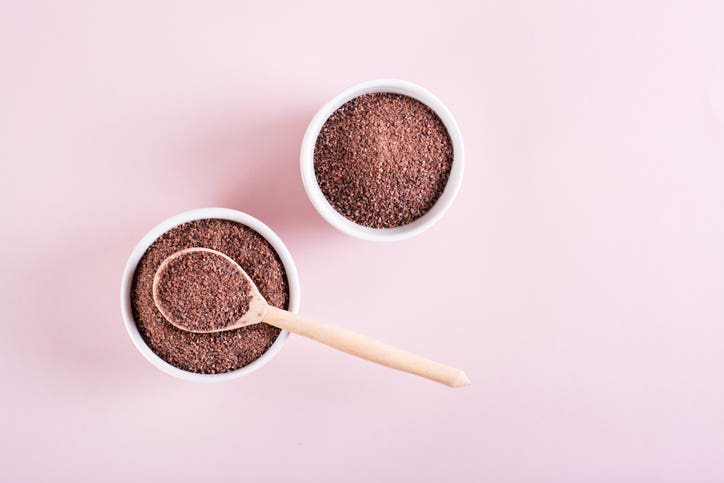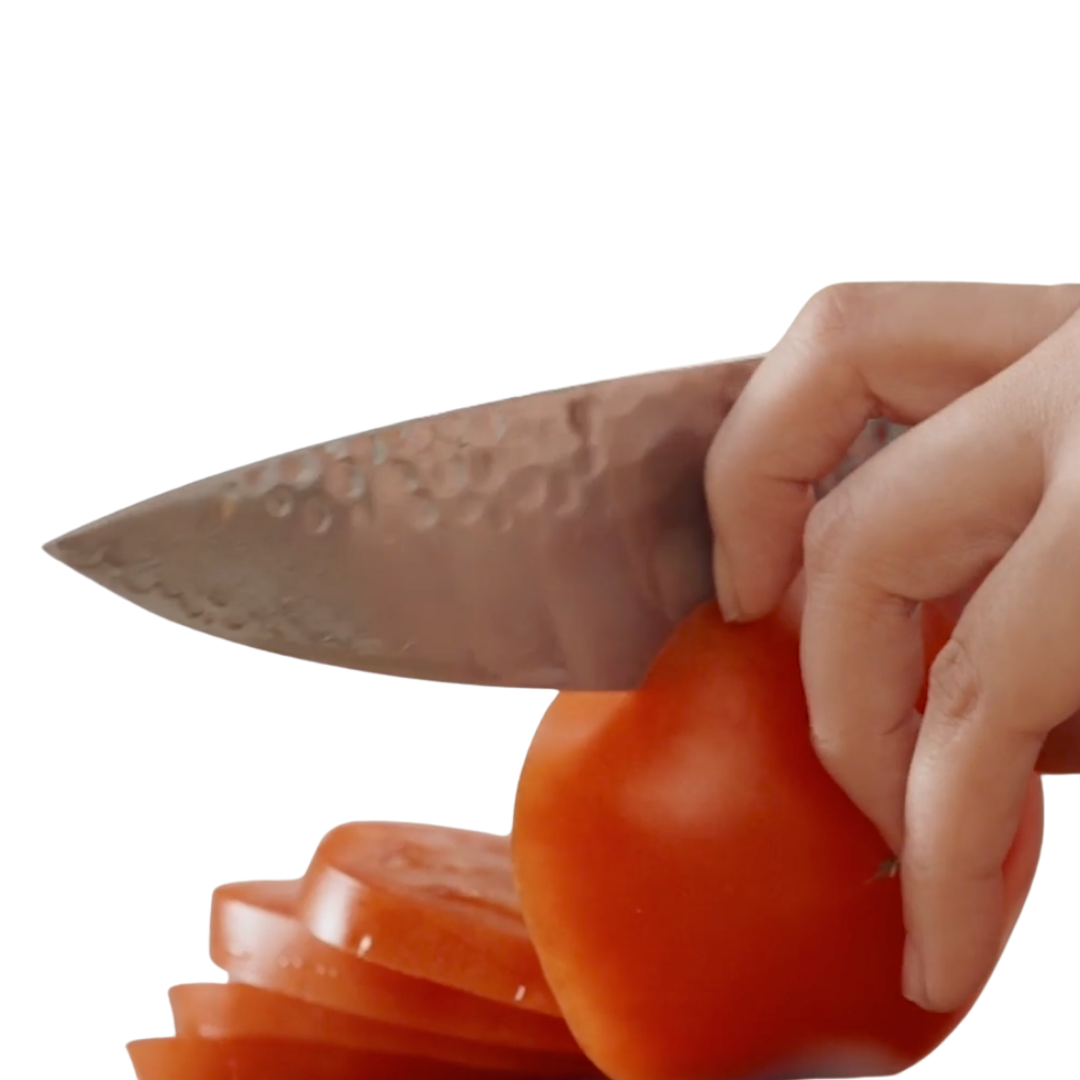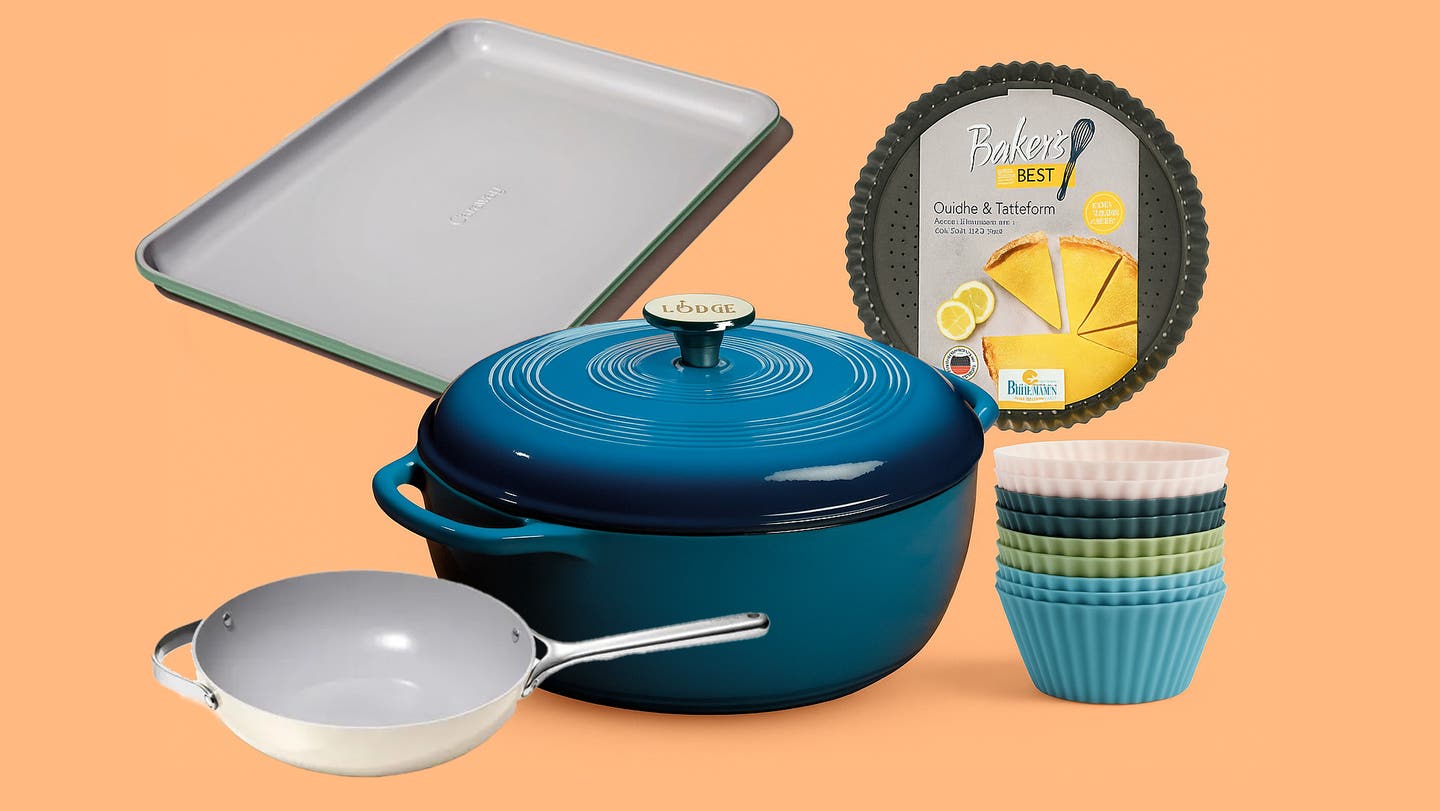For thousands of years, tofu has been a plant-based staple in Asian cuisines. Here’s everything you need to know to confidently cook with it.
Is Tofu Good for You?
Totally free of cholesterol, tofu is an excellent plant-based alternative to meat and dairy. But because soybeans are higher in fat than other beans—and because tofu is a condensed form of soybeans—it is a relatively high-fat ingredient that Forks Over Knives recommends enjoying in moderation.
What Is Tofu?
The other name for tofu, bean curd, is a good clue to what it is made of. Mature soybeans are blended with water to make a soy cream that’s heated with a mineral salt until it coagulates into soft curds. The curds are then strained and pressed to remove the whey and form blocks, which are packaged in a solution to keep them fresh.
How Does It Taste?
Tofu is often described as bland or even tasteless—but its neutral flavor is a good thing! The creamy curd soaks up other flavors like a sponge. So really, the best answer to the question is that tofu tastes like the other ingredients and seasonings it is prepared with. Adding flavor is as easy as bathing blocks or chunks in savory marinades, dusting them with piquant herbs and spices, or drizzling them with luscious glazes and sauces. It can also be blended with fruits to make quick mousses and puddings.
Can You Eat Tofu Raw?
Tofu can be used straight from the package to make creamy dressings, vegan sour cream, luscious sauces, and more. Across Asia, cubes of tofu are doused in soy sauce dressings to make salads. You can also mash it with a fork, add turmeric for color, and season it to make an eggless egg salad.
Pressing Tofu
You don’t need to press tofu if you’re going to use it in a blended recipe. But for slabs, slices, and cubes, pressing is important because it removes excess moisture. This makes the blocks easier to cut and encourages better absorption of sauces and marinades.
Pressing it is easy: Simply set a whole tofu block on a clean kitchen towel or double layer of paper towels on a flat plate or cutting board. Cover with a second towel or double layer of paper towels. Place another cutting board or a small tray on top, and weigh everything down with 2 to 3 pounds of weight. This can be another (heavy!) cutting board, a couple of 15-oz. cans, or even a cookbook or two. Let sit for 20 to 30 minutes; then use as desired.
Another way to remove excess moisture is to freeze it. Freezing it changes its texture and makes it denser, chewier, and easier to cut. Frozen tofu also holds its shape better than fresh. But don’t just shove a whole package into the freezer! Drain the tofu block, cut it into shapes, then freeze the shapes on a parchment-lined baking sheet. Once frozen, store the pieces in resealable plastic bags. The smaller pieces will thaw more quickly and absorb sauces better; plus they’re ready to use at a moment’s notice.
Slicing Tips
The two main tips for cutting perfect cubes and slices are 1) press the tofu before slicing (see above), and 2) use a large, sharp, smooth-edged knife that will glide smoothly through the block.
What’s the Best Way to Cook It?
For oil-free recipes, the best way to prepare it is to marinate cubes or slabs briefly to add flavor; then bake them on a parchment- or silicone mat-lined baking sheet until firm and crispy. The pieces can then be added to stir-fries, stews, and salads, or eaten on their own.
How Do You Use Tofu as an Egg Substitute?
All types of tofu except extra-firm can be used as egg substitutes in vegan baked goods, scrambles, and frittatas. Count ¼ cup of blended tofu per egg in a recipe.
Types of Tofu and Their Uses
Most recipes specify what kind to use, but just in case, here’s a quick rundown of the different categories.
Silken
Velvety-smooth, “Japanese-style” tofu. Available in soft, firm, and extra-firm options. Use silken for dressings, dips, sauces, and puréed desserts.
Soft
Creamy and tender, with a high moisture content. Use for sauces, creamy scrambles, and eggless salads and as a substitute for soft cheeses like ricotta or mascarpone.
Firm/Extra Firm
Easy to slice; can also be scrambled or crumbled. Firm and extra-firm are interchangeable in most recipes. Use firm or extra firm when you want crisp cubes and slices, crumbly scrambles, or thick sauces and spreads.
Super Firm
Pre-pressed and ready to use; sold in vacuum packs without liquid. Best cubed, sliced, or cut into slabs, then baked or sautéed.
Sprouted
Made with sprouted soybeans, it is nutrient-dense but also higher in fat and calories than other varieties. Use it anywhere you’d use firm or extra-firm.
Tofu Recipes to Try Today
Not sure what to do with that pack of tofu in your fridge? These healthy, tasty plant-based recipes are a great place to start.
Recipes with Regular Tofu
- Big Breakfast Burrito
- Quick Congee
- Tofu and Veggie Frittata
- Spinach Lasagna Recipe
- Potato-Spinach Casserole with Trumpet Mushrooms
Recipes with Silken-Style Tofu
- Basil Pesto
- Mexican 10-Layer Dip
- Creamy Red Pepper Coriander Sauce
- Vegan Sour Cream
- Healthy Vegan Ranch Dressing
- Garlicky Bok Choy Noodle Soup
- Chocolate Raspberry Parfait
- Spinach Ranch Dip
- Berry-Banana Cupcakes with Creamy Vanilla Frosting
This article was originally published on July 30, 2020, and has been updated.

Related News
Get Our Best Price On The Forks Meal Planner

Forks Meal Planner takes the guess work out of making nutritious meals the whole family will enjoy.
Master Plant-Based Cooking!

Our new course features over 100 lessons, 50+ recipes, downloadable guides, and more!


